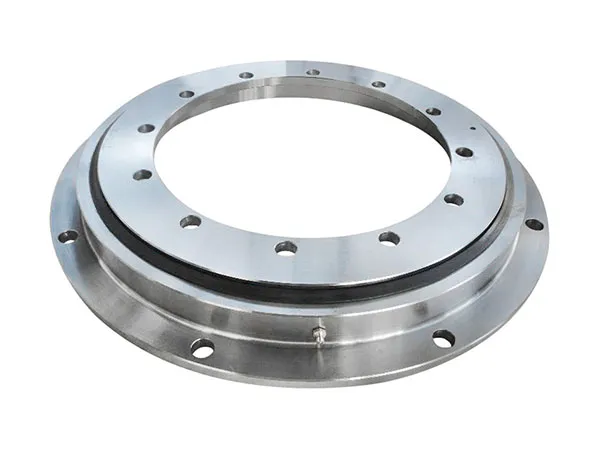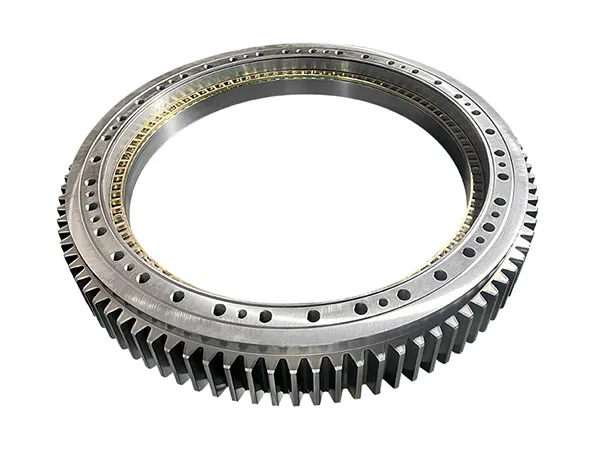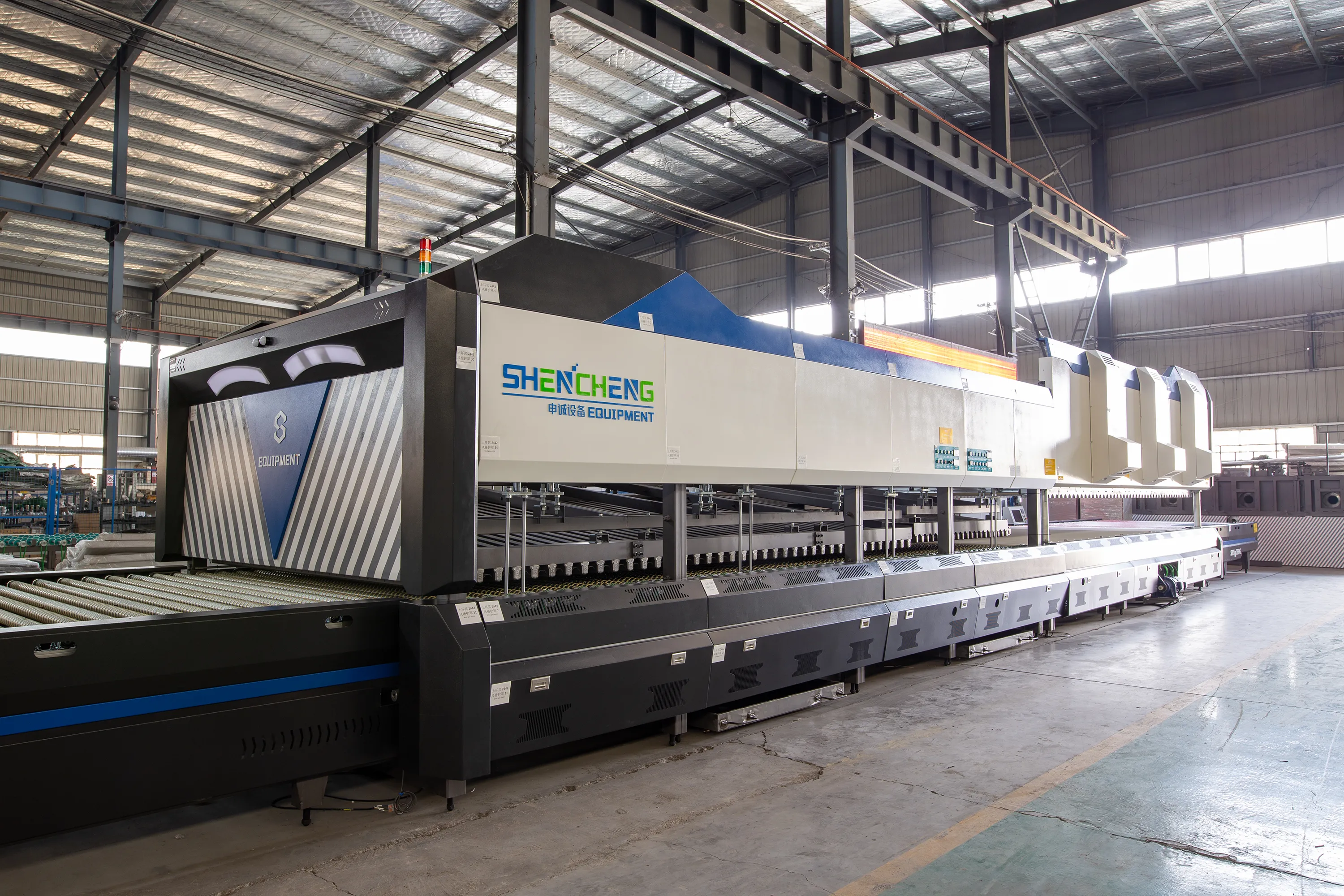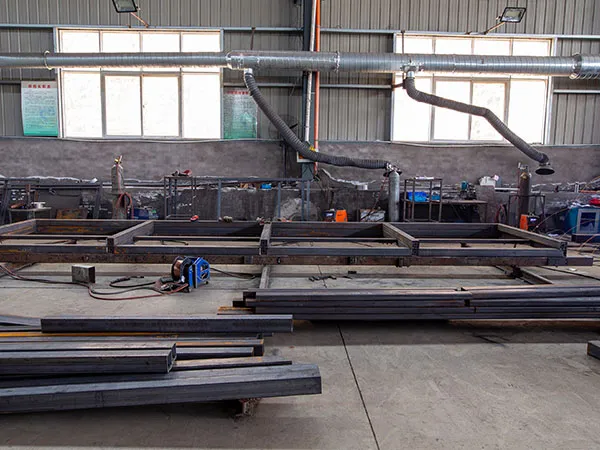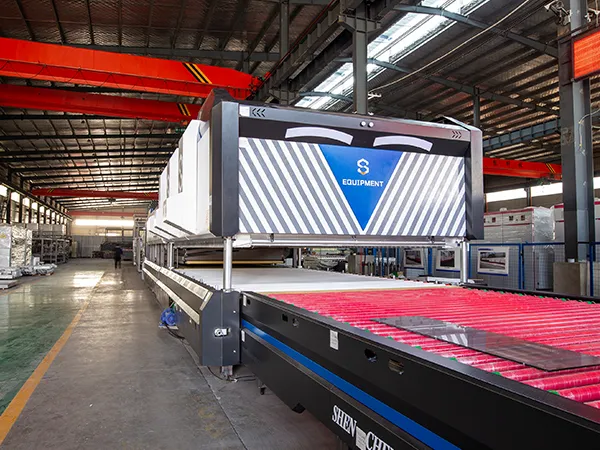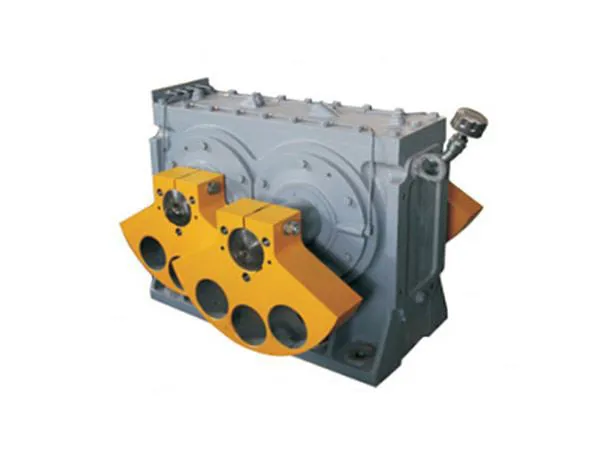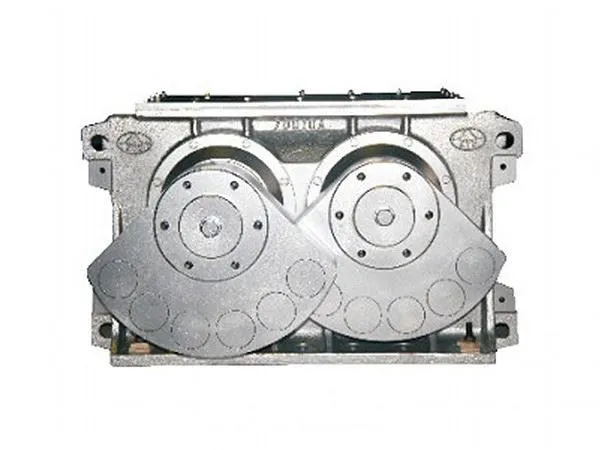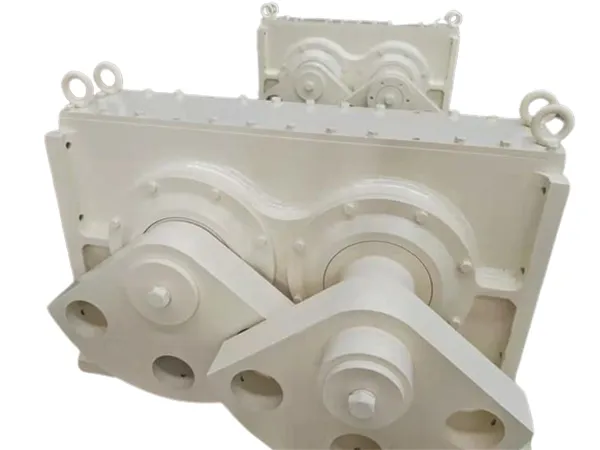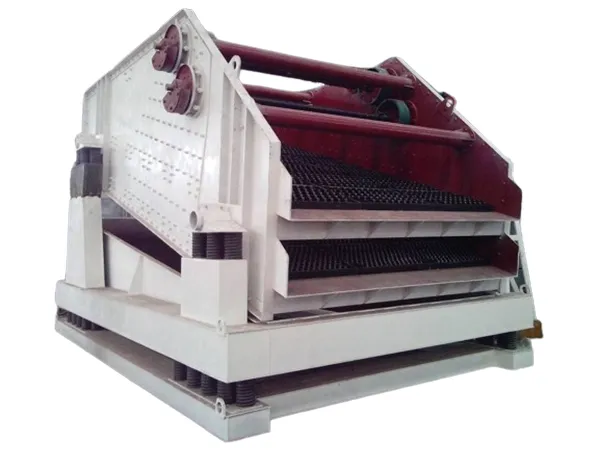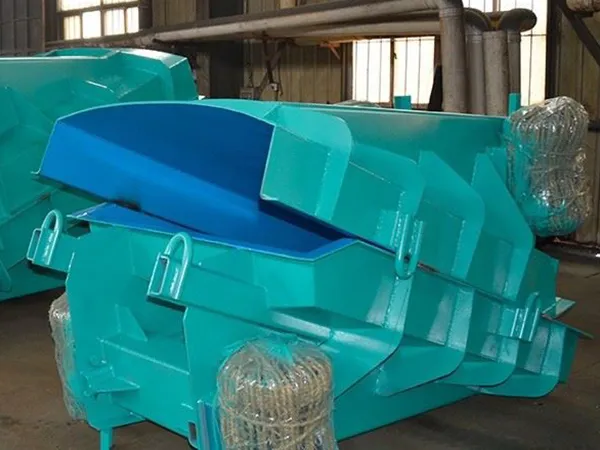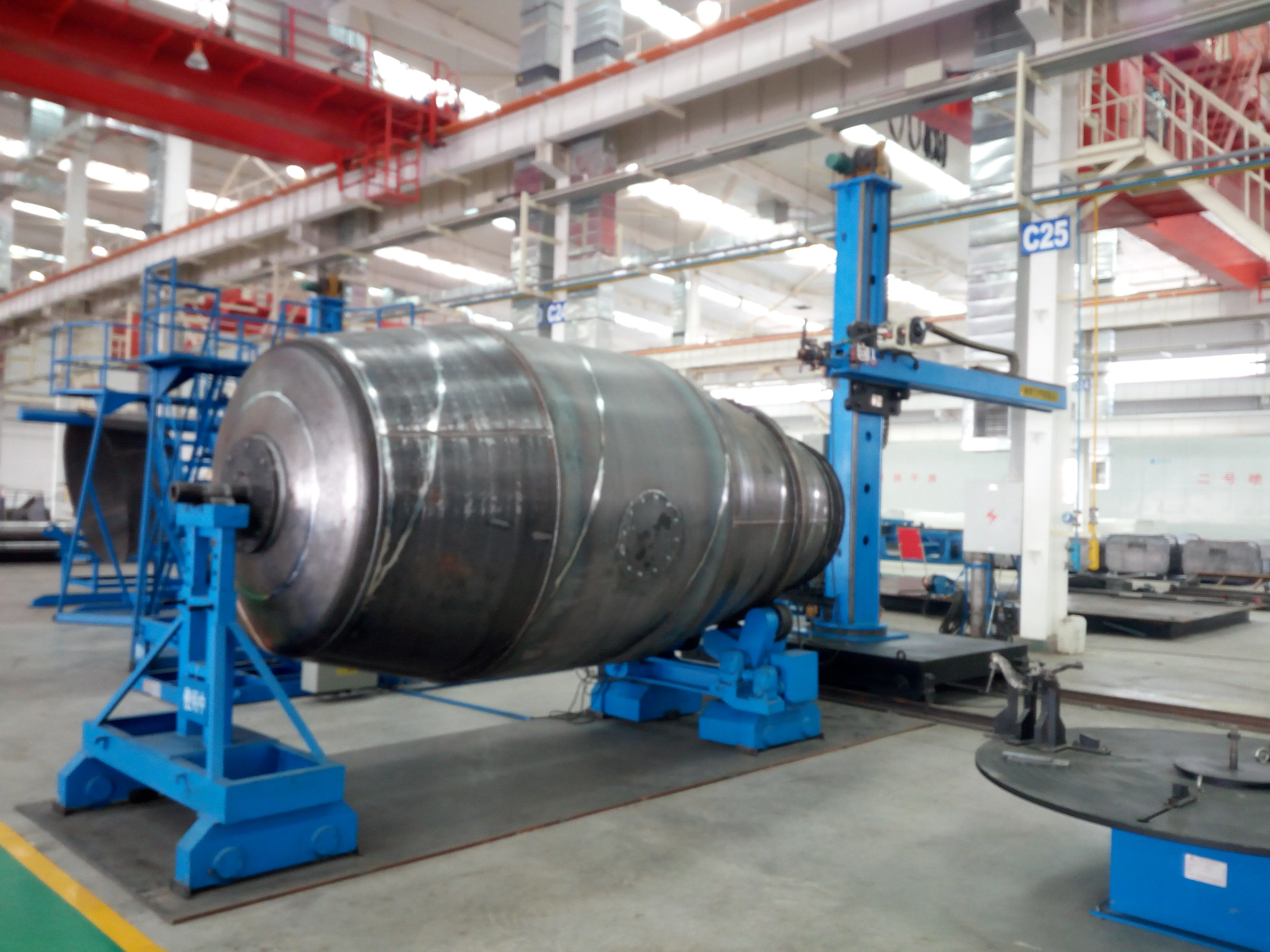A slewing bearing consists of several key components designed to handle axial, radial, y cargas de momento simultáneamente. Here are the primary components:
1. Rings (Anillos interiores y exteriores)
Anillo interior:
Mounted to the stationary or rotating part of the equipment.
Includes gear teeth in geared slewing bearings for power transmission.
Anillo exterior:
Supports the opposite component (stationary or rotating).
May also feature gear teeth in external-geared designs.
Función:
Provide the raceways for rolling elements and structural stability.
2. Elementos rodantes
Balls or Rollers:
Balls: Used in ball slewing bearings for lower friction and moderate loads.
Rodillos: Used in roller slewing bearings for higher load capacities.
Configuración:
Single-row or multi-row (p.ej., double-row balls, triple-row rollers).
Crossed roller arrangements for precision and moment load handling.
3. Spacer or Cage
Objetivo:
Keeps the rolling elements evenly spaced along the raceway.
Prevents direct contact between rolling elements, reducing wear and friction.
materiales:
Usually made of nylon, La estructura del componente de descarga adopta una placa de acero de 12 mm de espesor., or brass, depending on the operating conditions.
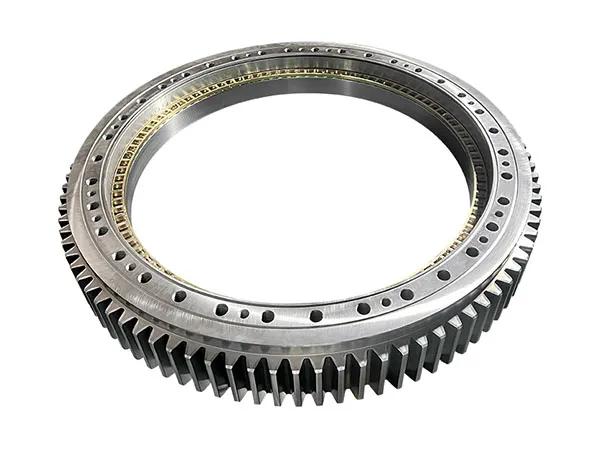
4. Sellos
Función:
Protect the bearing’s internal components from contamination (polvo, suciedad, humedad).
Retain lubrication within the bearing.
materiales:
Made of rubber or other durable, flexible materials.
5. Gear Teeth (Opcional)
Engranaje externo:
Gear teeth located on the outer ring.
Engranaje interno:
Gear teeth located on the inner ring.
Objetivo:
Allow the bearing to transmit rotational motion from a drive mechanism, such as a pinion gear.
6. Canalizaciones
Descripción:
Grooved tracks on the inner and outer rings where rolling elements move.
Función:
Provide the contact surfaces for rolling elements, supporting loads and facilitating smooth rotation.
…
More detailed information about the composition of slewing bearings can be found by clicking on the visit to: https://www.mcslewingbearings.com/en/a/news/slewing-bearing-components.html

